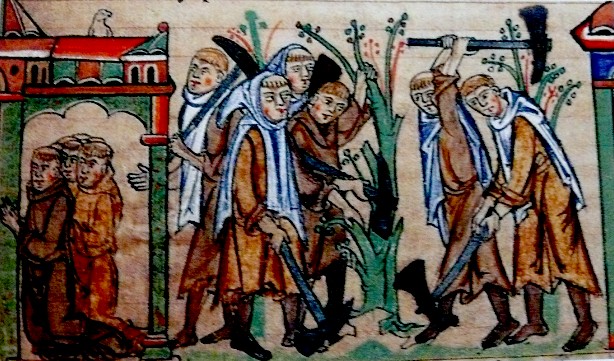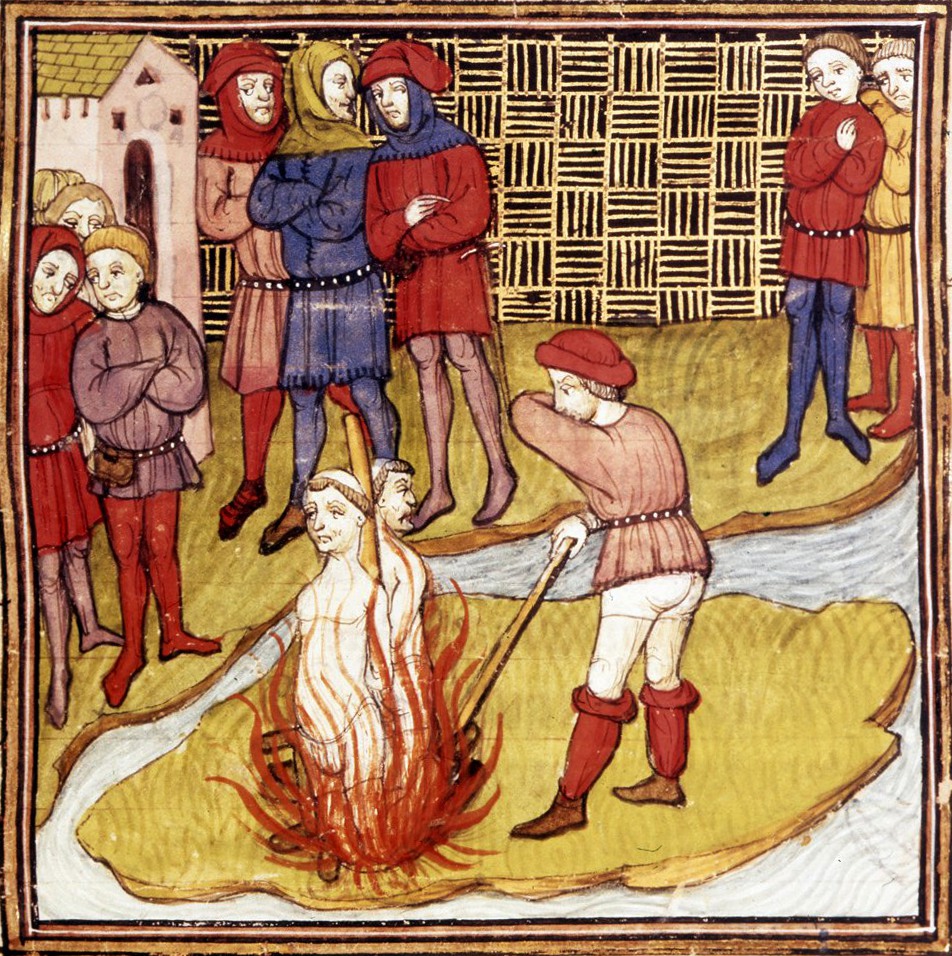Reshaping the Equestrian Order of the Holy Sepulchre of Jerusalem - 1847 to present
The Approach of the modern Knights Templar OSMTH
Breaking away of the Church from the secular society in the 11th century
A Comparison of the Cistercian and Knights Templar Orders
The trial of the Templars summarized
"The trial of the Templars is one of the most sensational events of the high middle ages. Contemporaries expressed astonishment when, on the 13th, the day after the funeral, all the members of the order in France were suddenly arrested and accused of what amounted to the renunciation of the faith that they were supposed to be defending with their lives.
The Equestrian Order of the Holy Sepulchre of Jerusalem - non-military blueprint of the Knights Templar?
The Ribat, a muslim model for Christian religious militia such as the Knights Templar?
"The Templars were the first military order, a completely new, hybrid type of organization merging the hitherto mutually exclusive spheres of chivalry and monasticism into a single institution of sacred violence. Beforehand, chivalry and monasticism had been regarded as incompatible spheres. It was only at the beginning of the nineteenth century that the suggestion was first made that this order was inspired by Muslim institutions. Was that justified?
Cultural development in the Middle Ages: Barbarians, Christians and Muslims
"The Middle Ages were not only a period of European civilization. There was the western medieval period and that of the Eastern Empire, which still survived among the splendours of Byzantium for 1000 years after the fall of Rome. During those same centuries a great Arab civilization flourished, while in Europe there was a more or less clandestine, but very lively Jewish culture. The boundaries between these different cultural traditions were not as marked as people think today.
March 18, 2016 - 702nd Commemoration death of Jaques de Molay
Though little is known of his actual life and deeds except for his last years as Grand Master, he is the best known Templar, along with the Order's founder and first Grand Master, Hugues de Payens (1070–1136). Jacques de Molay's goal as Grand Master was to reform the Order, and adjust it to the situation in the Holy Land during the waning days of the Crusades.
| Death-site plaque of Jaques de Molay on Isle des Juifs, Paris |
source text and illustrations wikipedia.org






